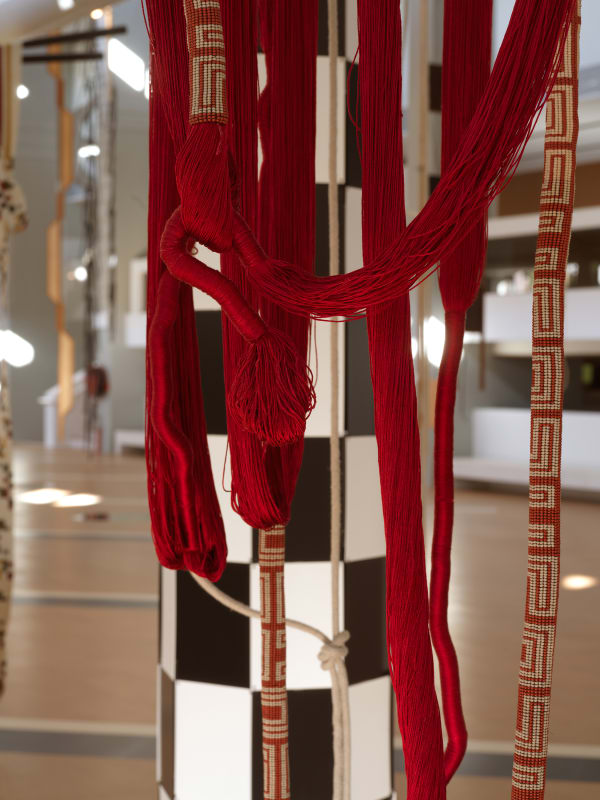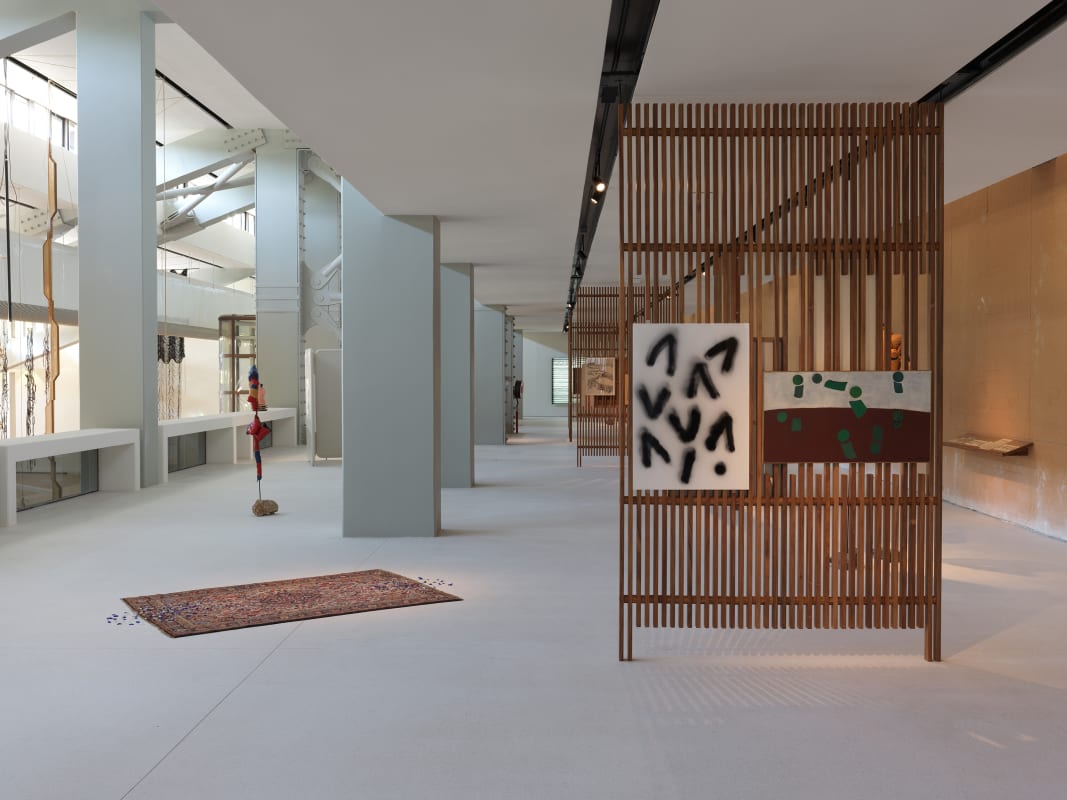-
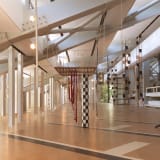 . View a larger version of this image.
. View a larger version of this image. -
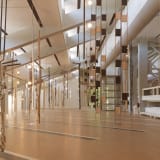 . View a larger version of this image.
. View a larger version of this image. -
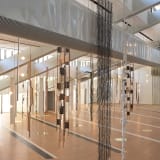 . View a larger version of this image.
. View a larger version of this image. -
 . View a larger version of this image.
. View a larger version of this image. -
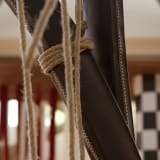 . View a larger version of this image.
. View a larger version of this image. -
 . View a larger version of this image.
. View a larger version of this image. -
 . View a larger version of this image.
. View a larger version of this image. -
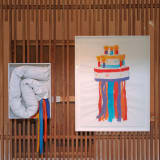 . View a larger version of this image.
. View a larger version of this image. -
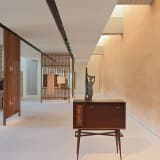 . View a larger version of this image.
. View a larger version of this image. -
 . View a larger version of this image.
. View a larger version of this image. -
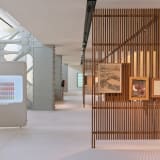 . View a larger version of this image.
. View a larger version of this image. -
 . View a larger version of this image.
. View a larger version of this image.
Leonor Antunes - the constant inequality of leonor’s days Centro de Arte Moderna Gulbenkian
In two adjacent galleries, Leonor Antunes brings about an encounter between her work – an installation devised for the entire space of the nave – and the works of around three dozen women artists from the CAM Collection presented on the mezzanine, creating a reciprocal link between her own work and practice and those of these artists.
The exhibition’s title, also the name of a drawing from the Collection by Ana Hatherly, from 1972, the year Antunes was born, is the most ‘autobiographical’ of her career. Antunes presents a field of reading on the vulnerability of the creative gesture and her own condition as an artist, in what constitutes a return to Lisbon, the city where she was born, for her first solo exhibition at CAM.
With a look at the Collection that values the unexpected formal relationships and the dialogue and parity between the artists’ works, in a chronology that dates from the 1930s to the present day, Antunes also includes works on loan – the drawing scores by composer Éliane Radigue, Guida Fonseca’s textile objects, Maria Keil’s bureau and Emily Wardil’s work on marbled paper – alongside new acquisitions and commissions, respectively Isabel Carvalho’s work and Jota Mombaça’s ‘environmental installation’ in the garden. Leaving the longitudinal wall of the gallery ‘raw,’ Antunes suspends works from the Collection on six panels of slatted wood – ‘voilettes’ – which form a sculptural element that is repeated on both floors. These displays are a reappropriation of Charlotte Perriand’s reticulated façade, designed for the Japanese ambassador’s residence in Paris in the 1960s, while revisiting the modern exhibition design solutions of Franco Albini/Franca Helg and Lina Bo Bardi, namely the iconic glass easels for presenting works at the São Paulo Museum of Art (MASP) by Bo Bardi.
In the installation in the nave, the artist simultaneously negotiates with the space and with CAM’s historical context, as in the suspended sculptures based on works by Ana Hatherly, which we meet again in the exhibition of the Collection, and by the British architect Sadie Speight, wife and colleague of Leslie Martin, who participated on the architectural project for the former CAM building but was never given credit for it. Starting with Speight’s career and a web of relationships and analogies, Antunes evokes and names in her sculptures other historical figures of the international modern movement, such as Marian Pepler and Sophie Taeuber, in addition to those mentioned above.
In a gesture to unify the space, Antunes conceived a large cork floor sculpture, entitled ‘forty five’, with linoleum and brass inlays, which transposes a modified design for a knotted rug by Marian Pepler, a British textile designer who collaborated with Speight. We find this quotation to Marian Pepler’s rug again in the suspended sculptures-lamps, made of painted aluminium and brass, which draw (two) vertical lines and circles (light bulb globes) in the nave space, the only source of artificial lighting in the intervention, which reinforces the sensory and domestic perception of the museum space.
Through its collaboration with Antunes, CAM sets the tone for a new way of curating and staging its collection. Inviting artists to immerse themselves and personally select works from CAM’s Collection is a practice that will continue throughout its future programme. In close relation to her own work, Antunes has selected works by women artists and from historically less valued artistic practices, of which many are shown here for the first time, opening the collection up to new connections and interpretations. By using her own name in the exhibition title, Leonor, the artist feeds into questions about the vulnerability of the creative gesture itself and on what it means to be an artist.
In ‘the constant inequality of leonor’s days’, Antunes initially started from a research on the trajectory and work of the British architect Sadie Speight – who participated in the architectural project for CAM’s historic building, but was never acknowledged – in order to weave a web of relationships and analogies with the journeys and works by other artists such as Marian Pepler, Charlotte Perriand and Ana Hatherly, among others.
-
 . View a larger version of this image.
. View a larger version of this image. -
 . View a larger version of this image.
. View a larger version of this image. -
 . View a larger version of this image.
. View a larger version of this image. -
 . View a larger version of this image.
. View a larger version of this image. -
 . View a larger version of this image.
. View a larger version of this image. -
 . View a larger version of this image.
. View a larger version of this image. -
 . View a larger version of this image.
. View a larger version of this image. -
 . View a larger version of this image.
. View a larger version of this image. -
 . View a larger version of this image.
. View a larger version of this image. -
 . View a larger version of this image.
. View a larger version of this image. -
 . View a larger version of this image.
. View a larger version of this image. -
 . View a larger version of this image.
. View a larger version of this image.



